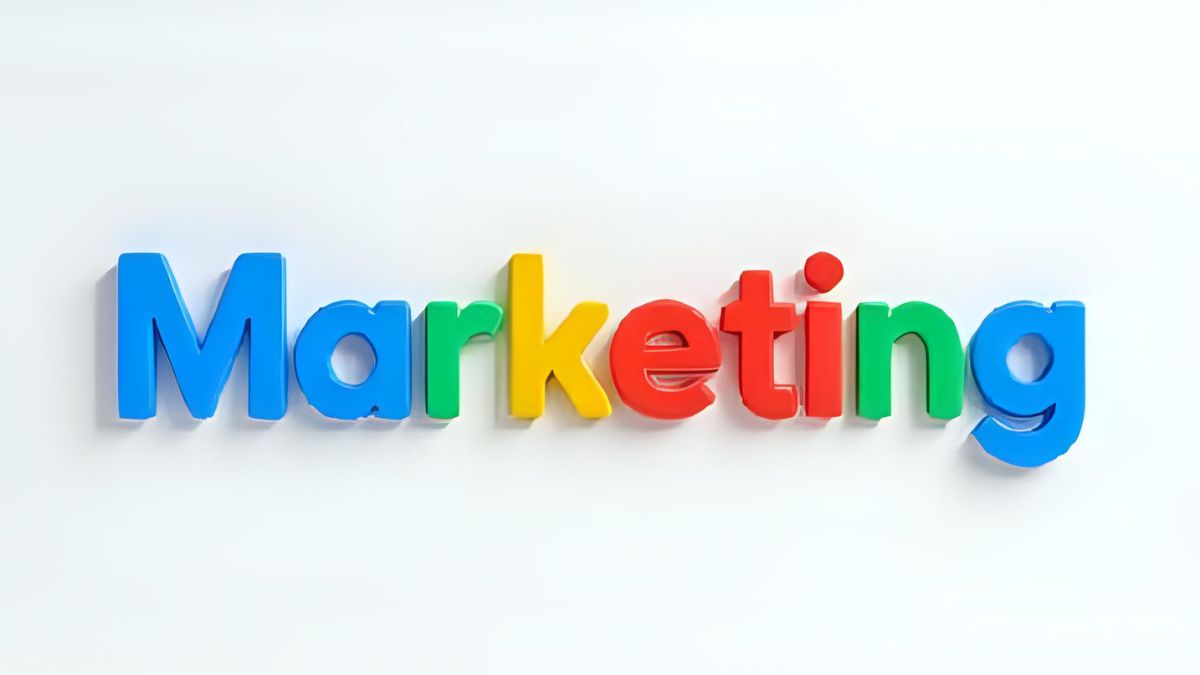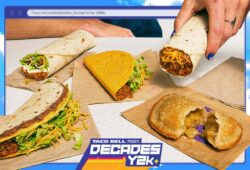
The Google Summer Essentials 2025 report has marked a before and after for marketing teams seeking relevance, precision, and real results in an ecosystem increasingly driven by artificial intelligence (AI). The main challenge? It is time to abandon the classic marketing funnel and replace it with a more dynamic concept aligned with today’s reality: the influence map.
READ ALSO: 10 Google tips that are worth their weight in gold for your marketing strategy
Why does the traditional marketing funnel no longer work according to Google?
For decades, the marketing funnel was the backbone of advertising strategies: attract, consider, convert, and retain. However, consumer behavior in 2025 has proven to be more unpredictable, simultaneous, and multifaceted than ever.
According to the Google report, an individual interacts with more than 130 mobile touchpoints daily, not counting smart TVs, laptops, connected watches, and tablets. In other words, today’s consumer searches, streams, scrolls, and shops all at once — the so-called “4S” of the new marketing: Search, Stream, Scroll, Shop.
Given this landscape, Google warns that viewing the consumer’s journey as a straight line from “discovery” to “action” is a strategic error. This simplistic model leads to misallocation of resources, irrelevant messages, and lost opportunities.
READ ALSO. 10 Ultimate Tips for Your Content Marketing Strategy in 2025
What are the influence maps proposed by Google?
“Influence maps” are flexible representations of the real consumer journeys. They are not fixed stages but pathways that vary by context, channel, timing, and user personality. Unlike the funnel, the influence map allows planning how, when, and where to influence user decisions.
Google defines influence as the combination of three key factors:
- Consumer attention at a given moment.
- Content relevance to their intent.
- Trust in the touchpoint or platform.
Influence, then, is not just about showing up, but showing up well and in the right place. This demands personalization, speed, adaptability, and strategic use of AI.
How does an influence map work in practice?
Let’s imagine two scenarios described by the Google report:
- Spontaneous, digital shopper: sees an ad while watching YouTube, recalls it when passing by a physical store, then searches for reviews on their phone, and finally purchases from their laptop.
- Rational, budget-conscious shopper: performs a quick comparison search, finds a positive review in a YouTube Short, and returns days later to take advantage of a deal.
Both cases demand distinct strategies, diverse channels, and messages aligned with the customer’s emotional stage. AI can help identify these patterns, automate responses, and distribute relevant content based on behavior.
What tools does Google offer to build an influence map?
To build these maps, Google recommends leveraging the AI capabilities at every stage of marketing:
Google Search and AI Overviews
These allow more conversational searches with deep, multimodal context. AI can anticipate intentions and provide integrated recommendations, including relevant advertising within the results.
YouTube and Circle to Search
Tools like Circle to Search enable users to search for elements in a video or image without leaving the app. YouTube itself becomes a key channel for discovery and conversion, especially on connected TVs and Shorts.
AI Automation
AI can now help generate creatives, adjust budgets in real-time, and launch personalized campaigns based on first-party data. In this regard, Google highlights tools like Performance Max and Meridian.
What does Google say about the scalability of this strategy?
The report reveals that only 19% of companies are considered AI leaders. These brands not only experiment with AI but also connect their workflows to make data-driven, personalized decisions. The key, according to Google and BCG, is to build a comprehensive marketing structure that combines:
- Media and real-time personalization.
- AI-generated or AI-enhanced creativity.
- Smart measurement and cross-attribution.
- Skilled people and agile processes.
Thus, influence maps are not just behavioral visualizations: they are living systems, integrated with technology and supported by interdisciplinary teams.
What role do creators and communities play?
Another major emphasis in the report is the strategic role of creators as catalysts of culture and trust. Google highlights that:
- 81% of U.S. consumers trust YouTube creators more than other platforms.
- YouTube drives higher long-term ROAS than traditional TV or average online video.
- The influence map also accounts for the power of these communities to reinforce decisions and shorten the purchase cycle, especially during key moments like launches or promotions.
How can brands start today?
Google proposes a guide called AI Essentials 2.0, which includes tools to activate influence maps. There is no need to reinvent your entire tech stack, but it is urgent to evolve toward an influence-based logic, not a funnel.
- Connect first-party data from CRM, websites, and apps.
- Optimize creatives with Asset Studio and YouTube formats.
- Measure real performance with Google Analytics, Meridian, and data-driven attribution.
- Use the “Power Pack” combining Performance Max, Demand Gen, and AI Max to scale impact.
Why does marketing need a new map?
Because the 2025 consumer does not follow predictable paths. Because attention is scarcer, trust more valuable, and personalization more urgent. And because, as the Google report warns, those who insist on past strategies will fall behind in the competition for attention, conversion, and loyalty.









